I. The Context and Significance of University-Enterprise Cooperation
In today’s rapidly developing landscape of Chinese higher education, an undeniable reality is that the disconnect between theory and practice remains a bottleneck constraining the quality of talent cultivation. When I first stepped into a university lecture hall and faced pairs of eager, knowledge-seeking eyes, I couldn’t help but ponder: How can we enable these young people to not only master textbook knowledge but also genuinely adapt to the ever-changing demands of the market?
![null]()
Challenges and Opportunities Facing Chinese Higher Education
Under the traditional higher education model, students often only access theoretical knowledge and lack practical experience. After graduation, they need to spend a significant amount of time adapting to the professional environment. This not only results in a waste of human resources but also slows down the pace of enterprise development. Particularly in emerging industries like cross-border e-commerce, the shortage of professional talent is especially pronounced. According to data from the China E-commerce Research Center, the talent gap in the cross-border e-commerce industry exceeds 1.5 million, with a severe scarcity of high-caliber individuals possessing practical combat experience.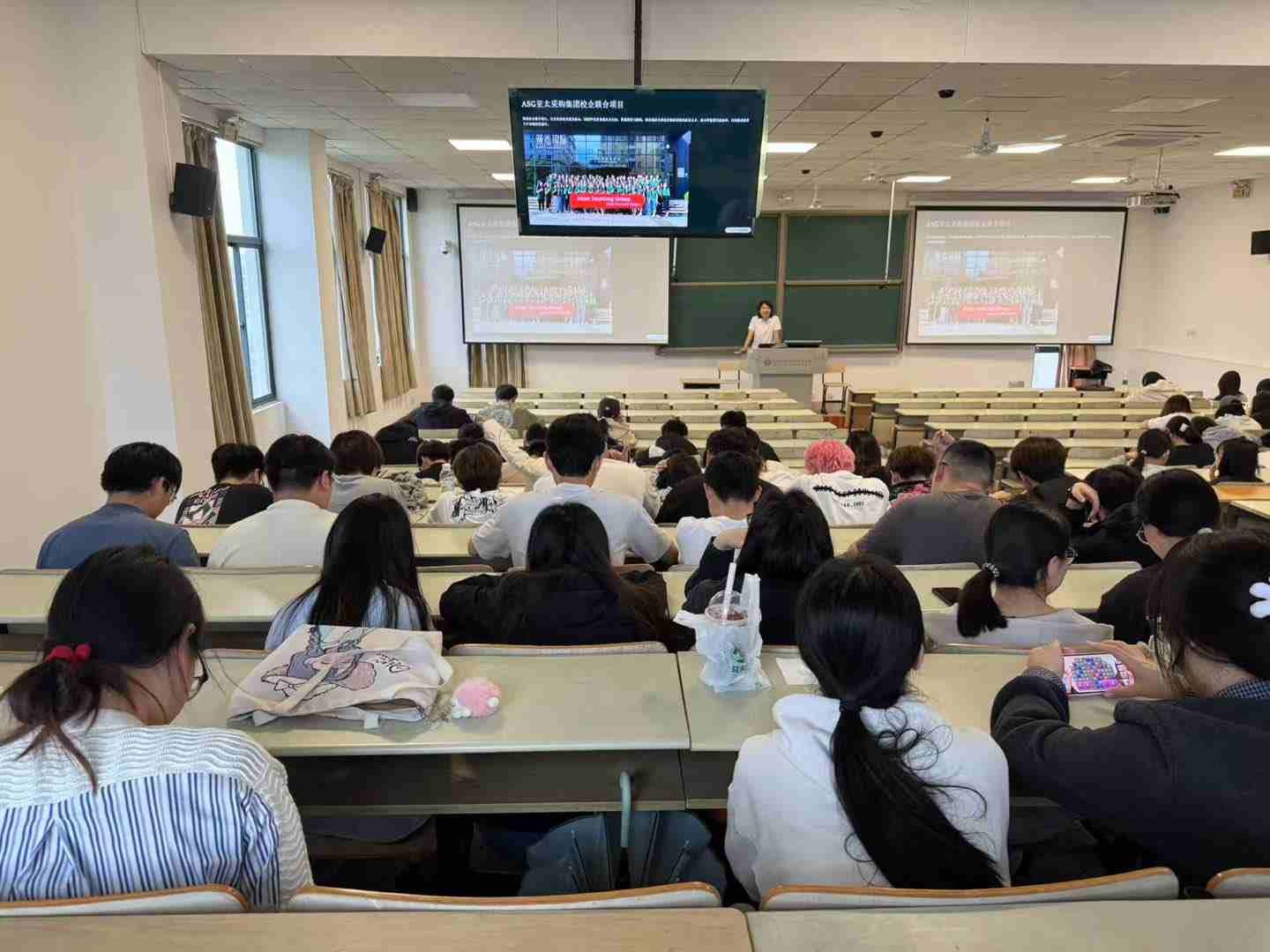
From Entrepreneur to Educator: Janson’s Dual Identity
From operating independent e-commerce sites initially, to later managing multi-platform layouts, and now to constructing the ASG supply chain service system, I have experienced every stage of development in the cross-border e-commerce industry. Throughout these years, I have profoundly realized that the biggest bottleneck for industry development is not capital or technology, but talent.
In 2018, when Wuxi Institute of Commerce invited me to be a professor, I readily accepted the challenge. The transition from entrepreneur to educator gave me the opportunity to transform over a decade of practical experience into teaching content, helping more young people avoid pitfalls.
![null]()
Pro-tip: An entrepreneur’s most valuable asset isn’t commercial success, but the experience and wisdom behind that success. Passing this experience on to the next generation is the highest realization of personal value.
This dual identity has endowed me with a unique perspective: I understand the actual needs of enterprises and can also delve deep into the education system, building a bridge connecting schools and businesses. As I often tell my students, “Theory tells you ‘what it is,’ practice teaches you ‘how to do it.’ Only by combining the two can you truly master a skill.”
The Importance and Potential Value of University-Enterprise Cooperation
University-enterprise cooperation is not merely a simple internship arrangement but an educational model of deep integration. For universities, it can enhance educational quality and boost graduates’ employment competitiveness. Data from our collaboration with Wuxi Institute of Commerce shows that the employment rate for students participating in university-enterprise cooperation projects reached 98.7%, nearly 10 percentage points higher than that of regular classes.
For enterprises, this cooperation is an effective way to cultivate professional talent that meets their needs. By participating in curriculum design and providing practical training projects, companies can influence the direction of talent cultivation from the source, reducing recruitment costs and training cycles. At ASG, we’ve found that employees recruited through university-enterprise cooperation have an onboarding adaptation period that is about 40% shorter than those recruited from the general market.
For students, university-enterprise cooperation provides invaluable practical opportunities, enhancing their employability and career development potential. One student who participated in our program commented, “Professor Janson’s classes don’t just teach us knowledge; they teach us how to solve problems in the real world. This is an ability no textbook can impart.”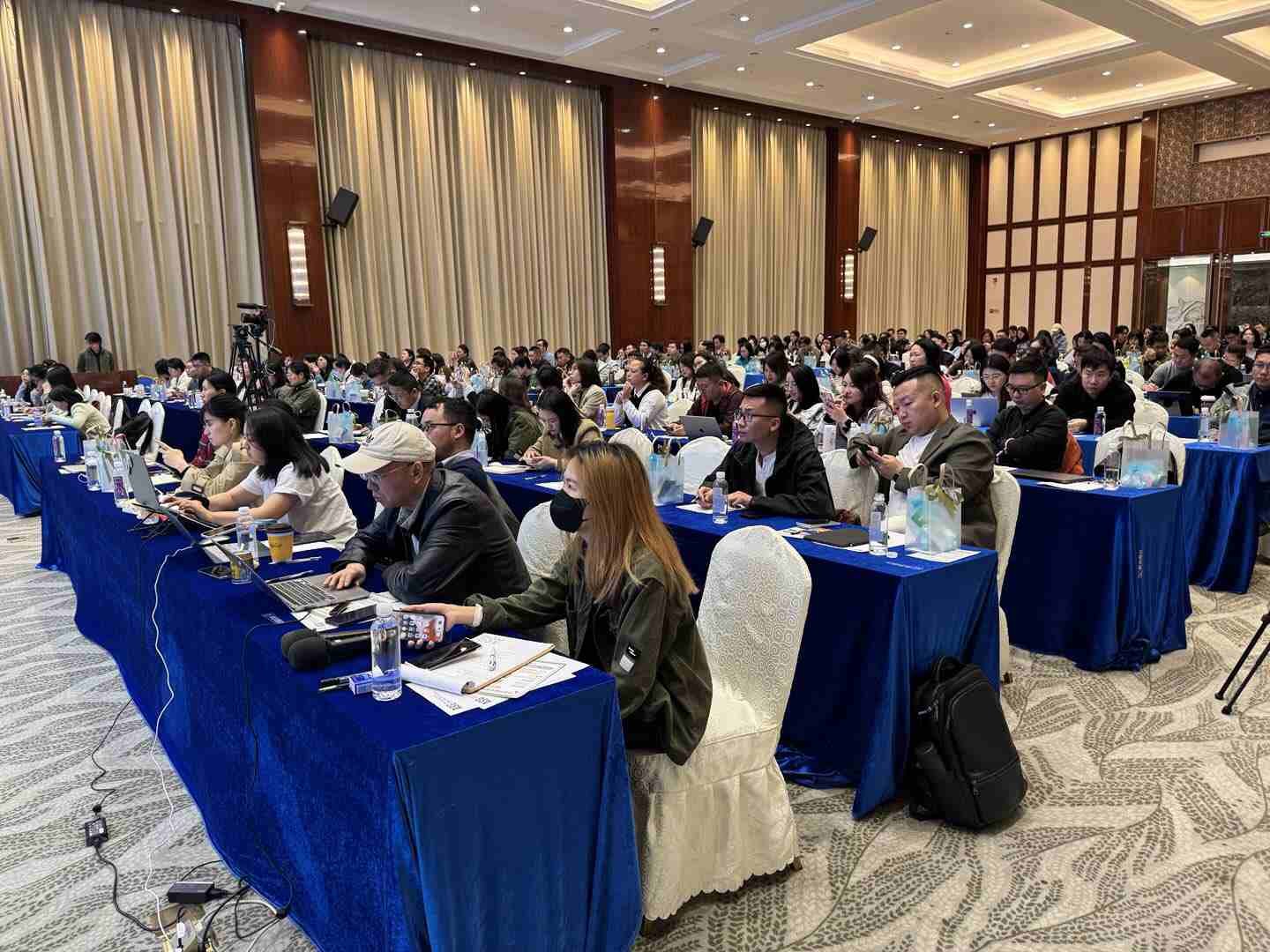
II. Janson’s Educational Philosophy and Methodology for University-Enterprise Cooperation
In my view, education should not be a simple transmission of knowledge, but a systematic cultivation of abilities. Based on this philosophy, I have constructed a unique methodology for university-enterprise cooperation aimed at cultivating cross-border e-commerce talent that truly meets market demands.
“Integrating Theory with Practice” as the Core Educational Philosophy
“Book learning is, in the end, superficial; to truly understand, one must practice.” This ancient saying encapsulates my core understanding of education. In a highly practical field like cross-border e-commerce, purely theoretical learning is like armchair strategy – it’s difficult to cultivate true industry professionals.
My teaching model is built on the foundation of “integrating theory with practice,” specifically manifested in a “three-stage” teaching method:
- 1. Theoretical Introduction: Teaching basic concepts and methodologies to establish a knowledge framework.
- 2. Case Analysis: Using real business cases from ASG to make abstract theories concrete.
- 3. Practical Drills: Allowing students to participate in actual projects to consolidate their learned knowledge through practice.
This teaching method breaks the traditional one-way model of “teacher lectures, student listens,” creating an interactive, participatory learning environment. In my classroom, students are not just receivers of knowledge, but problem solvers.
![null]()
Pro-tip: True learning isn’t about how many knowledge points you memorize, but how many practical problems you solve. Allowing students to face real challenges stimulates their motivation and creativity.
Project-Based Learning (PBL) is a teaching method I particularly advocate. At the beginning of each semester, I design several projects derived from ASG’s actual business operations, and students participate in teams. These projects cover various aspects of cross-border e-commerce, such as product selection, marketing, logistics, and customer service, with progressively increasing difficulty, forming a complete learning loop.
Building a “Dual-Qualification” Teaching Team
Quality education is inseparable from an excellent teaching team. In university-enterprise cooperation, I place special emphasis on building “dual-qualification” teaching teams – faculty members who possess both theoretical knowledge and practical industry experience.
This team consists of three types of personnel:
- 1. Full-time University Faculty: Responsible for theoretical knowledge instruction and academic guidance.
- 2. Front-line Enterprise Experts: Business backbones from ASG who share the latest industry practices.
- 3. “Dual-Qualification” Teachers: Composite talents with both teaching experience and corporate backgrounds.
To enhance the overall level of the team, we have established a comprehensive development mechanism:
- • Corporate Internships: Every summer, university teachers undertake a one-month corporate internship at ASG, participating in actual projects.
- • Regular Seminars: Monthly teaching seminars are organized to share teaching experiences and industry dynamics.
- • Joint R&D: Teachers and enterprise experts jointly develop teaching materials and case studies to ensure the practicality of the teaching content.
This “dual-qualification” team-building model has achieved remarkable results. A university teacher involved in the cooperation commented, “In collaborating with ASG, I not only updated my knowledge structure but, more importantly, developed a ‘practical combat mindset,’ which makes my teaching more targeted and practical.”
Customer Demand-Oriented Curriculum Design
In the cross-border e-commerce sphere, customer demand is the core driver of business. I have introduced this philosophy into curriculum design, enabling students to develop a “customer-centric mindset” from the outset.
In my courses, I often introduce real customer feedback and demands as teaching cases. For example, when our American clients reported that product packaging did not meet local consumer habits, I immediately brought this case to the classroom, asking students to analyze the problem and propose solutions. This teaching method not only helps students understand the complexities of cross-cultural marketing but also cultivates their problem-solving abilities.
I also pay special attention to developing students’ cross-cultural communication skills. At ASG, we serve clients from all over the world with diverse cultural backgrounds. To address this, I have incorporated numerous cross-cultural communication exercises into the curriculum, such as simulating email correspondence and video conferences with clients from different countries. Through these exercises, students gradually master the skills and strategies of cross-cultural communication.
![null]()
Pro-tip: In cross-border e-commerce, understanding the consumption habits and communication styles of different cultures is often more important than mastering technical operations. Cultivating students’ cultural sensitivity is key to enhancing their competitiveness.
Through this systematic educational philosophy and methodology, the students we cultivate not only master professional knowledge but, more importantly, possess the ability to solve practical problems and the resilience to adapt to market changes. As one corporate recruitment manager commented, “The most distinctive feature of students from Janson’s program is that they are ‘plug-and-play.’ They don’t require lengthy training and can quickly integrate into the work environment.”
III. Case Studies of Innovative University-Enterprise Cooperation Models Led by Janson
Ideas need to be verified and refined through practice. Over the years, I have led multiple university-enterprise cooperation projects. These projects have not only brought practical value to both schools and enterprises but have also provided valuable experience in exploring an industry-education integration model with Chinese characteristics.
In-depth Analysis of the Wuxi Institute of Commerce Cooperation Case
The cooperation with Wuxi Institute of Commerce (WIC) marks the starting point and benchmark of my university-enterprise integration practice. This collaboration began in 2018 when the institute was facing challenges in developing its cross-border e-commerce program: despite having a complete theoretical curriculum, it lacked practical teaching resources and first-hand industry experience.
Initially, we adopted a strategy of “small incision, deep integration,” starting with cooperation on a single course and gradually expanding to joint program development. Specific forms of cooperation included:
- 1. Joint Curriculum Development: I, along with WIC faculty, co-designed core courses such as “Cross-Border E-commerce Practices” and “International Supply Chain Management,” integrating ASG’s practical experience into the teaching content.
- 2. Joint Practical Training Base Construction: We established the “ASG Cross-Border E-commerce Practical Training Center” on campus, equipped with professional hardware and software to simulate a real work environment.
- 3. Joint Project Undertaking: Students participated in ASG’s actual business projects, such as South American market development and Facebook advertising optimization.
- 4. Faculty Sharing: ASG’s key employees served as part-time instructors, and WIC faculty regularly engaged in corporate practice at ASG.
The innovation of this cooperation model lies in breaking the traditional division of labor in university-enterprise cooperation – “learn theory on campus, do internships in enterprises.” It achieves a deep integration of the teaching process and the production process. Students don’t have to wait until graduation to gain enterprise experience; they can participate in real projects during their studies, creating a virtuous cycle of theoretical learning and practical application.
Over three years of cooperation, we have achieved significant results: cultivated over 300 cross-border e-commerce professionals with an employment rate of 98.7% and an average starting salary 25% higher than similar majors; jointly developed 3 institute-based textbooks and a case library of over 100 cases; cooperatively applied for 2 provincial-level teaching reform projects and published over 10 research papers on teaching.
![null]()
One student who participated in the project remarked, “In Professor Janson’s class, we weren’t ‘learning’ cross-border e-commerce; we were ‘doing’ cross-border e-commerce. This experience put me a year ahead of my peers in terms of career readiness.”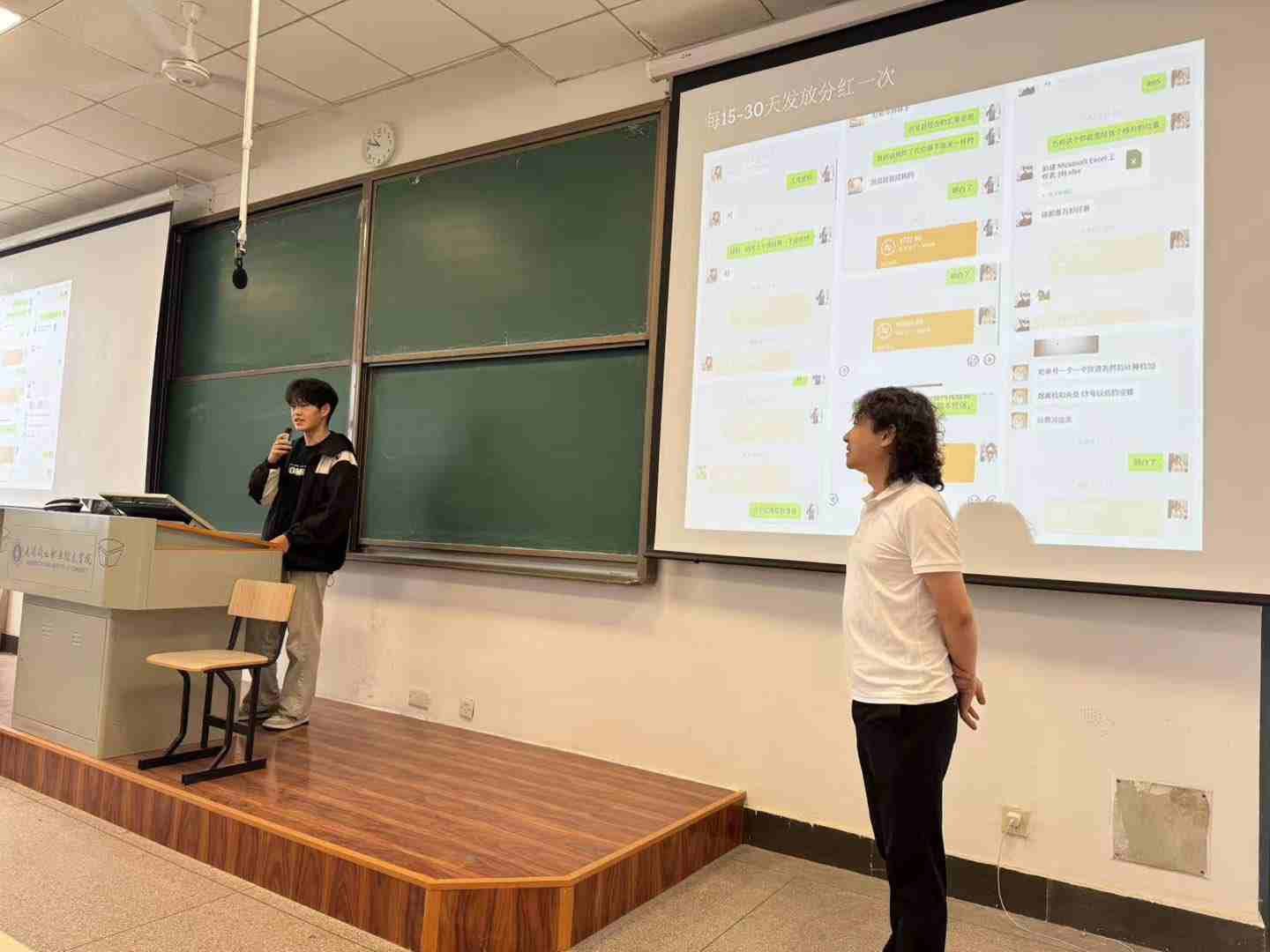
Textbook Compilation and Curriculum System Development
High-quality textbooks are the foundation of effective teaching. However, the field of cross-border e-commerce changes rapidly, and traditional textbooks often struggle to keep pace with industry developments. To address this, my ASG team and university faculty have jointly developed a series of highly practical textbooks and course resources.
“Cross-Border E-commerce Supply Chain Management” was the first textbook we co-authored. Its hallmark is a “theory + case study + practical operation” triad. Each chapter includes theoretical explanations, real ASG case studies, and practical operational guides, helping students form a complete loop from understanding to application.
During the textbook compilation process, we paid special attention to practicality and timeliness:
- • Content Derived from Practice: All case studies are from ASG’s actual business, ensuring authenticity and practicality.
- • Regular Update Mechanism: An annual update mechanism for textbooks was established to promptly reflect the latest industry changes.
- • Rich Supporting Resources: We developed supplementary video courses, exercise banks, and practical training guides to form a complete learning system.
In addition to printed textbooks, we have also developed online course resources, including micro-lecture videos and virtual simulation teaching software. These resources not only support classroom teaching but also provide convenience for students’ independent learning.
The curriculum system development follows a “modular + progressive” principle, breaking down cross-border e-commerce professional knowledge into several relatively independent yet interconnected modules, such as platform operation, supply chain management, and international marketing. Each module is further structured into basic, intermediate, and advanced levels according to difficulty, allowing students to choose different learning paths based on their interests and career plans.
This set of textbooks and curriculum system has been adopted by multiple universities and has received unanimous praise from teachers and students. One teacher using our textbook commented, “This is the most down-to-earth cross-border e-commerce textbook I’ve ever seen. Every knowledge point corresponds to a practical case study, greatly enhancing teaching effectiveness.”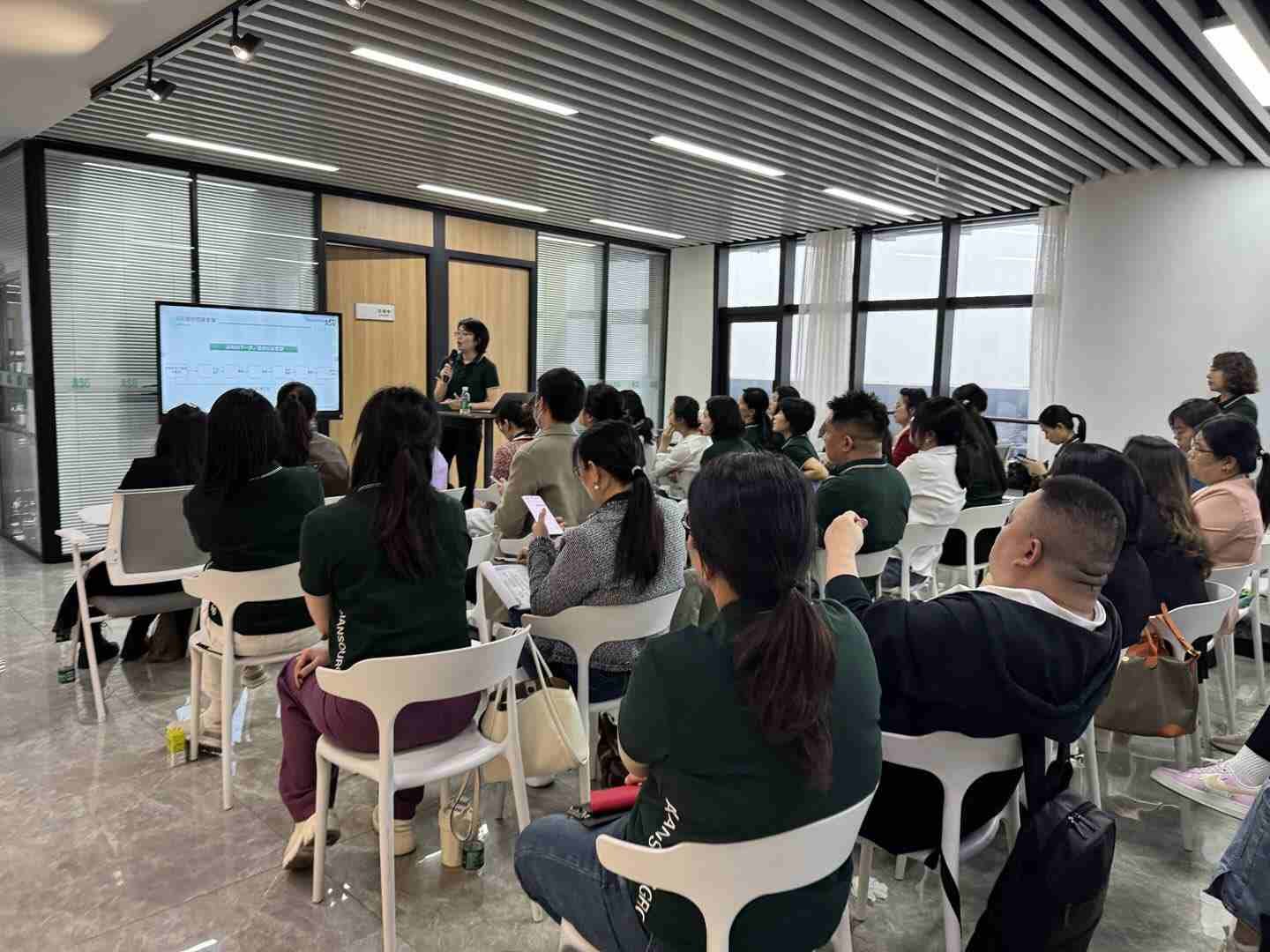
Customized Professional Team Training Programs for Overseas Clients
As ASG’s business expands globally, we face the challenge of serving clients in different markets. To address this, I designed a set of professional talent training programs tailored for different markets, cultivating specialized teams with specific market knowledge and language skills through university-enterprise cooperation.
This program is divided into three directions:
- 1. North American Market Team: Focuses on developing English communication skills and operational skills for North American e-commerce platforms.
- 2. European Market Team: Emphasizes multilingual abilities (English, German, French, etc.) and knowledge of EU regulations.
- 3. South American Market Team: Strengthens Spanish and Portuguese language skills and understanding of Latin American culture.
The training program for each direction includes three major modules:
- • Language Enhancement: Collaborating with university foreign language departments to offer targeted business foreign language courses.
- • Cultural Understanding: Deepening understanding of the target market’s cultural characteristics through case studies, cultural lectures, etc.
- • Professional Skills: Cultivating corresponding professional skills based on the characteristics of different markets, such as Amazon North America operations, Mercado Libre operations, etc.
During the training process, we place special emphasis on cross-cultural communication skills. In addition to language learning, we use role-playing, negotiation simulations, and other methods to allow students to experience communication differences in various cultural contexts and master effective cross-cultural communication techniques.
This training program has already supplied ASG with a large number of outstanding talents, significantly enhancing our ability to serve overseas clients. An American client praised our team, saying, “What satisfies me most about working with ASG is their communication efficiency and cultural understanding, which is very rare among Chinese suppliers.”
Through these innovative university-enterprise cooperation models, we have not only improved educational quality but also injected fresh blood into enterprise development. More importantly, we have explored a path of industry-education integration suitable for China’s national conditions, providing replicable experience for more schools and enterprises.
IV. Innovative Projects and Practices for Deep University-Enterprise Integration
Theory guides practice, and practice tests theory. In the process of university-enterprise cooperation, I have always insisted on introducing real business scenarios into teaching, allowing students to grow through a series of innovative projects in practical combat. These projects are not only teaching content but also a bond connecting schools and enterprises.
B2B Business Practical Project
B2B (Business-to-Business) is a crucial component of cross-border e-commerce and one of ASG’s core businesses. To enable students to deeply understand B2B operational models, I designed a comprehensive B2B business practical project.
Project Design and Teaching Objectives
This project simulates ASG’s cooperation process with overseas wholesalers, covering the entire workflow from market research, client development, quotation negotiation, order processing, to logistics arrangement. The teaching objectives include:
- 1. Mastering the basic processes and operational key points of B2B business.
- 2. Developing skills in business negotiation and customer relationship management.
- 3. Enhancing cross-cultural communication and problem-solving abilities.
- 4. Understanding international trade rules and payment settlement methods.
Student Participation Process and Role Allocation
Students form “virtual foreign trade companies” in groups of 5-6, with each member taking on a different role: Market Researcher, Client Development Specialist, Quotation Specialist, Order Processing Officer, Logistics Coordinator, etc. The project is executed in six stages:
- 1. Market Research: Analyzing target market demand and competitive situations.
- 2. Client Development: Writing outreach emails, participating in online exhibitions, and finding potential clients.
- 3. Quotation Negotiation: Formulating pricing strategies based on cost accounting and conducting simulated negotiations.
- 4. Sample Dispatch: Completing sample preparation and international logistics arrangements.
- 5. Order Processing: Receiving orders, arranging production, and quality inspection.
- 6. Logistics and After-sales: Arranging international logistics and handling customer feedback.
Throughout the process, ASG’s business managers act as “clients,” engaging in real interactions with students and providing professional guidance.
Actual Outcomes and Learning Effect Assessment
This project has been running for three consecutive years, with over 200 students participating. The project outcomes are gratifying:
- • Student teams successfully developed 15 real overseas clients, some of whom became long-term partners of ASG.
- • 80% of participating students reported a comprehensive understanding of B2B business processes.
- • 35% of students who performed excellently in the project were directly hired by ASG.
One student who participated in the project later became a key member of ASG’s business team. He recalled his project experience: “For one quotation proposal, our team stayed up all night researching competitors’ pricing strategies and finally won the client’s approval. This experience made me understand that cross-border e-commerce is not just about technical skills, but also about attention to detail and service competition.”
![null]()
Dropshipping Model Practical Training
Dropshipping, as an important model in cross-border e-commerce, features low inventory and low risk, making it highly suitable for aspiring entrepreneurs. Based on this characteristic, I designed a Dropshipping model practical training project to help students quickly master this business model.
Full-Process Experience from Product Selection to Operation
The project adopts a “real store, virtual funds” approach. Student teams use seed funding (virtual) provided by the school to set up real stores on the Shopify platform, conducting Dropshipping business through supply chain resources provided by ASG. The project covers six major stages:
- 1. Market Research and Product Selection: Using professional tools to analyze product trends and select products suitable for Dropshipping.
- 2. Supplier Connection: Communicating with ASG’s partner suppliers to confirm product specifications and prices.
- 3. Store Setup: Designing and building a professional store on the Shopify platform.
- 4. Marketing and Promotion: Developing and executing social media marketing strategies.
- 5. Order Processing: Receiving and processing real customer orders.
- 6. Data Analysis: Analyzing operational data and optimizing business strategies.
South American Market Marketing Practical Case Study
With the deepening economic and trade relations between China and Latin American countries, the South American market has become a new blue ocean for cross-border e-commerce. However, the peculiarities of this market also bring numerous challenges. Drawing on ASG’s rich experience in the South American market, I designed a South American market marketing practical project to help students understand this unique market.
In-depth Research Methods for Specific Markets
At the beginning of the project, students need to conduct comprehensive research on the South American market, including:
- • Economic conditions and purchasing power of major countries (Brazil, Mexico, Chile, etc.).
- • Operational rules of local mainstream e-commerce platforms (Mercado Libre, B2W, etc.).
- • Analysis of payment habits and logistics infrastructure.
- • Research on consumer behavior and cultural preferences.
We provide ASG’s market research data as a reference, while also encouraging students to collect first-hand information through various channels, such as interviewing experienced merchants in South America and analyzing successful case studies.
Development and Implementation of Cross-Cultural Marketing Strategies
Based on market research, student teams need to develop South American marketing strategies for designated products, including:
- • Product localization adjustments (packaging, instructions, sizing, etc.).
- • Pricing strategy (considering local purchasing power, competition, and exchange rate risks).
- • Promotional activity design (aligning with local festivals and consumption habits).
- • Social media marketing plan (targeting platforms like Instagram, Facebook, etc.).
- • Customer service plan (considering language barriers and time zone differences).
After strategy formulation, student teams execute a one-month marketing campaign in ASG’s real South American market stores, experiencing the complete marketing implementation process.
Actual Sales Performance and Learning Outcome Analysis
After the project, we evaluate student performance from three dimensions:
- 1. Sales Performance: Sales revenue and profit achieved by the team.
- 2. Strategy Execution: Quality of marketing plan execution and adaptability.
- 3. Team Collaboration: Division of labor, coordination, and problem-solving abilities within the team.
In the most recent project iteration, a student team promoting home decor products in the Brazilian market achieved sales of $32,000 USD within one month, exceeding the target by 35%. This achievement not only gave the students a great sense of accomplishment but also helped ASG explore new product lines.
![null]()
One participating student shared: “When the project started, I thought the South American market was just about translating the language. But after in-depth research, I found that everything from image style to promotional methods needed localization. This sensitivity to cultural differences was my biggest takeaway from this project.”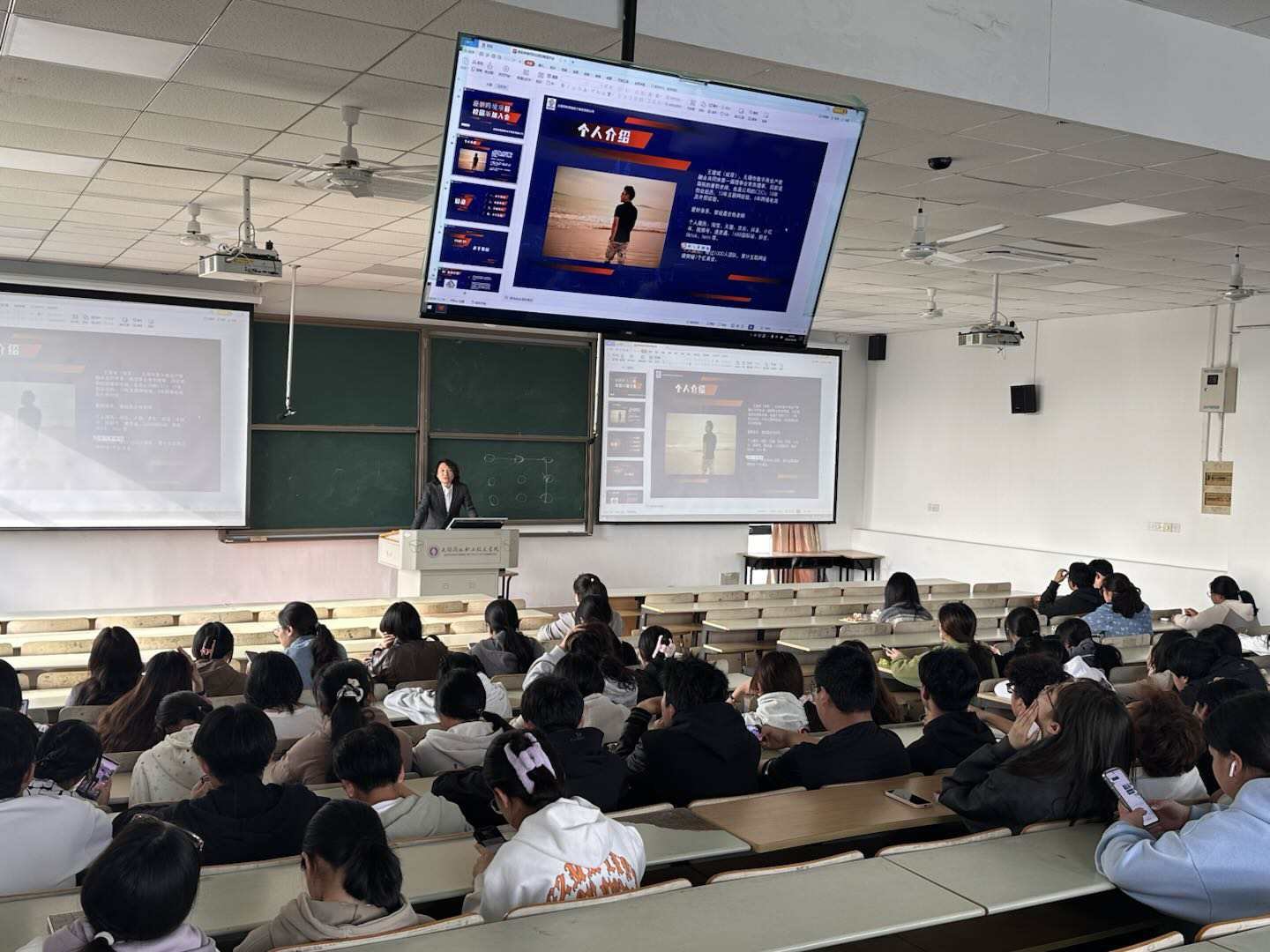
Supply Chain Optimization and Logistics Efficiency Improvement Project
In cross-border e-commerce, supply chain and logistics efficiency directly impact customer satisfaction and business profitability. To help students understand this critical link, I designed the Supply Chain Optimization and Logistics Efficiency Improvement project.
Solutions for Logistics Timeliness Issues Concerning Overseas Customers
The project is set against the backdrop of actual logistics challenges faced by ASG, requiring student teams to analyze current supply chain processes, identify bottlenecks affecting logistics timeliness, and propose optimization plans. Specific content includes:
- • Analyzing the costs and timeliness of different logistics methods (sea freight, air freight, rail, etc.).
- • Researching customs clearance procedures and requirements in different destination countries.
- • Designing optimal warehousing layouts and inventory strategies.
- • Proposing innovative solutions to improve logistics timeliness.
Student teams need to use supply chain simulation software to test their solutions and calculate the time and cost differences before and after optimization.
Supply Chain Risk Management and Contingency Plan Development
Cross-border supply chains face numerous uncertainties, such as trade policy changes, natural disasters, and capacity shortages. The project requires students to identify potential risks and develop coping strategies:
- • Establishing a supply chain risk assessment model.
- • Designing a multi-tiered supplier system.
- • Formulating safety stock level strategies.
- • Developing supply chain disruption contingency plans.
This module became particularly important during the COVID-19 pandemic in 2020. By analyzing ASG’s supply chain adjustment strategies during the pandemic, students gained a profound understanding of the importance of risk management.
Balancing Cost Control and Quality Assurance Strategies
In supply chain management, cost control and quality assurance are often contradictory. The project requires students to find a balance between these two, designing supply chain solutions that are both economical and reliable:
- • Analyzing the cost-effectiveness of different quality control points.
- • Designing a tiered quality inspection process.
- • Evaluating the cost-performance ratio of different suppliers.
- • Developing return and exchange processing procedures and cost control strategies.
Through this project, students not only learned the technical knowledge of supply chain management but, more importantly, cultivated systemic thinking and decision-making skills involving trade-offs. A student who participated in the project later wrote in their graduation thesis: “The essence of supply chain management is not the pursuit of a single metric to its extreme, but finding the optimal solution under multiple constraints. This way of thinking has had a profound impact on my career development.”
Product Quality Control and Innovation Project
Product quality is the cornerstone of success in cross-border e-commerce. To help students understand the importance and methods of quality control, I designed the Product Quality Control and Innovation project.
Establishment and Execution of a Quality Management System
The project requires student teams to design a complete quality management system for a virtual cross-border e-commerce enterprise, including:
- • Supplier evaluation and selection criteria.
- • Setting quality control points in the production process.
- • Pre-shipment inspection standards and procedures.
- • Customer feedback collection and quality improvement mechanisms.
Students need to refer to international standards like ISO9001, combined with the characteristics of cross-border e-commerce, to design quality management documents that are both internationally compliant and operationally feasible.
Rapid Iteration of Product Innovation and Market Feedback
In the fiercely competitive cross-border e-commerce market, product innovation is key to maintaining competitiveness. In this project, student teams need to:
- • Analyze product trends and consumer preferences in the target market.
- • Propose product improvement or innovation plans.
- • Create product prototypes or modification plans.
- • Collect user feedback and perform iterative optimization.
We have established a “small-batch trial production” mechanism with several partner factories, allowing students’ innovative ideas to be quickly transformed into actual products, experiencing the complete process from idea to product.
Practice in Customer Complaint Handling and Service Quality Improvement
Product issues and customer complaints are inevitable in cross-border e-commerce. The project includes a customer complaint handling segment, where students need to:
- • Analyze real customer complaint cases.
- • Design standardized complaint handling procedures.
- • Engage in role-playing to simulate complaint handling scenarios.
- • Propose systematic solutions for service quality improvement.
Through these practices, students not only learn the technical methods of quality management but, more importantly, cultivate a “quality first” professional attitude and a work habit of continuous improvement.
Pro-tip: In cross-border e-commerce, the cost of quality problems far exceeds the direct losses from refunds and reshipments; it also includes hidden costs like customer churn, negative reviews, and brand damage. Cultivating a holistic view of “quality costs” in students is central to quality management education.
The common features of these innovative projects are: they originate from actual business scenarios, cover complete business processes, emphasize teamwork, and focus on practical outcomes. Through these projects, students not only master professional skills but, more importantly, develop the ability to solve complex problems and cultivate professional素养 (professionalism/competence).
Okay, here’s the continuation of the translation:
As I often tell my students, “Solving one real problem in the classroom is worth more than memorizing ten conceptual definitions.” These innovative projects, based on real business operations, are precisely the best way to put this philosophy into practice.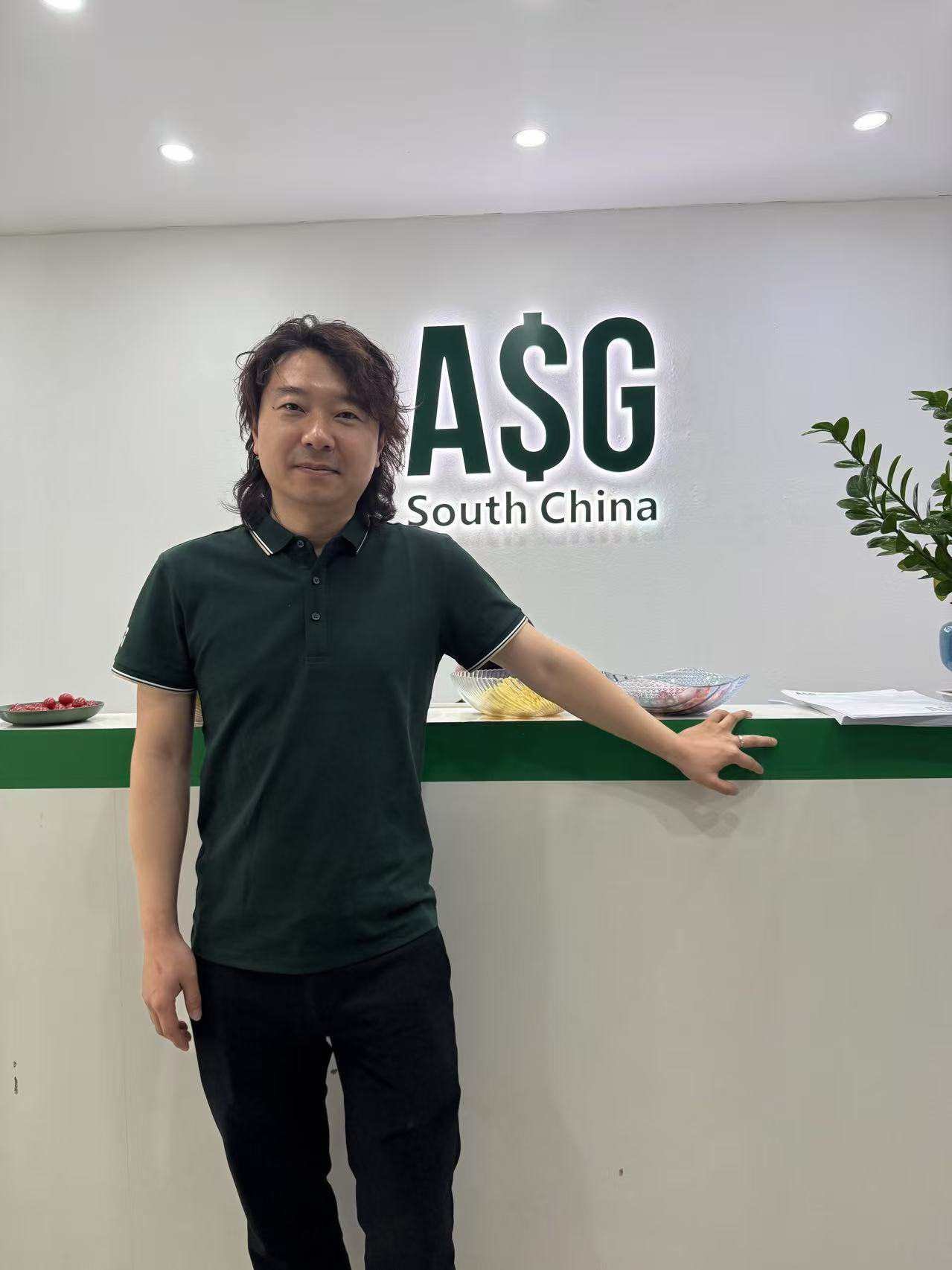
V. The Profound Impact of University-Enterprise Cooperation on Higher Education
University-enterprise cooperation is not just an innovation in teaching methods; it is a profound transformation of the traditional education model. Through years of practice, we have clearly seen the multifaceted positive impacts this cooperation model has on higher education.
Significant Enhancement of Teaching Quality and Student Employability
The most direct outcome of university-enterprise cooperation is the improvement in teaching quality and students’ employment competitiveness. By introducing real business projects and first-hand practical experience, students’ learning is no longer confined to theoretical knowledge but extends to the cultivation of practical skills and problem-solving abilities.
Data Speaks: Quantitative Analysis of Cooperation Outcomes
We conducted a three-year follow-up comparison between students participating in university-enterprise cooperation projects and those under traditional teaching models. The data shows:
- • Employment Rate Comparison: The employment rate for students in the project was 98.7%, 12 percentage points higher than the control group.
- • Starting Salary Level: The average starting salary for project students was 7,500 RMB/month, 25% higher than the control group.
- • Major-Related Employment Rate: 85% of project students found employment related to their major, 30 percentage points higher than the control group.
- • Career Advancement Speed: 35% of project students received promotions within one year of graduation, significantly higher than the control group’s 18%.
These figures fully demonstrate the positive impact of university-enterprise cooperation on students’ employability. More importantly, this impact is not only evident in the early stages of employment but also extends to the medium and long-term phases of career development.
Comprehensive Improvement of Students’ Overall Qualities
Beyond professional skills, university-enterprise cooperation has also significantly enhanced students’ overall qualities, particularly:
- 1. Problem-Solving Ability: By participating in actual projects, students learn how to analyze complex problems and find solutions.
- 2. Teamwork Ability: In project teams, students experience the entire process of division of labor, collaboration, communication, and coordination.
- 3. Resilience and Professional Tenacity: Facing challenges and pressures in projects, students cultivate unwavering professional qualities.
- 4. Innovative Thinking: Students’ innovative abilities are honed in the process of seeking breakthrough solutions.
A human resources manager commented after recruiting students from our cooperative projects: “Compared to traditional fresh graduates, the biggest advantage of these students is not the amount of knowledge they possess, but their attitude and approach when facing problems. They don’t simply wait for instructions; they proactively think of solutions. This quality is invaluable in the workplace.”
Enhancement and Transformation of Faculty’s Professional Capabilities
University-enterprise cooperation not only affects students but also profoundly changes the teaching staff. Through close collaboration with enterprises, teachers’ knowledge structures, teaching methods, and career development paths undergo positive transformations.
Effective Pathways for Cultivating “Dual-Qualification” Teachers
“Dual-qualification” teachers (those with both theoretical knowledge and practical experience) are the core strength of vocational education. University-enterprise cooperation provides effective pathways for their development:
- • Corporate Practice: Teachers regularly participate in actual projects at ASG to update their knowledge structures.
- • Collaborative Teaching: Co-teaching with enterprise experts allows for mutual learning and complementing strengths.
- • Project-Based Research: Participating in research on real enterprise problems and translating research outcomes into teaching content.
Through these avenues, 25 university teachers have completed the “dual-qualification” transformation over the past three years. Their teaching quality and student satisfaction have significantly improved.
![null]()
Over the past three years, the practical training base has incubated 28 student entrepreneurial projects, 8 of which have achieved profitability, and 3 have secured angel investments, collectively creating over 100 jobs.
Establishment of an “Innovation through Competition” Mechanism
We, along with universities, have jointly designed a series of innovation and entrepreneurship competitions, closely integrating these competitions with actual projects, course learning, and startup incubation:
- • “Cross-Border E-commerce Innovation and Entrepreneurship Competition”: Student teams design cross-border e-commerce startup plans, with winners receiving seed funding.
- • “Global Supply Chain Optimization Challenge”: Solving actual supply chain problems, with winning solutions being implemented at ASG.
- • “Digital Marketing Practical Competition”: Student teams manage actual marketing budgets, competing on ROI and brand influence.
These competitions not only increase students’ enthusiasm for innovation and entrepreneurship but also provide them with a platform to showcase their talents. Many competition winners have subsequently started successful businesses or been hired by well-known enterprises with high salaries.
Systematic Cultivation of Innovative Thinking and Entrepreneurial Abilities
University-enterprise cooperation projects focus on the systematic cultivation of innovative thinking and entrepreneurial abilities. We have developed a comprehensive training system:
- • Innovative Thinking Training: Design thinking workshops, innovation methodology courses, etc.
- • Business Model Design: Business model canvas training, value proposition design, etc.
- • Practical Entrepreneurial Skills: Financial planning, team management, financing roadshows, etc.
- • Entrepreneurial Mindset Building: Resilience, frustration management, continuous learning ability, etc.
One student entrepreneur evaluated this training system: “The school taught me the theory of entrepreneurship, ASG taught me the practice of entrepreneurship, and more importantly, this cooperation model taught me how to move forward in uncertainty. This is perhaps the most valuable ability on the entrepreneurial journey.”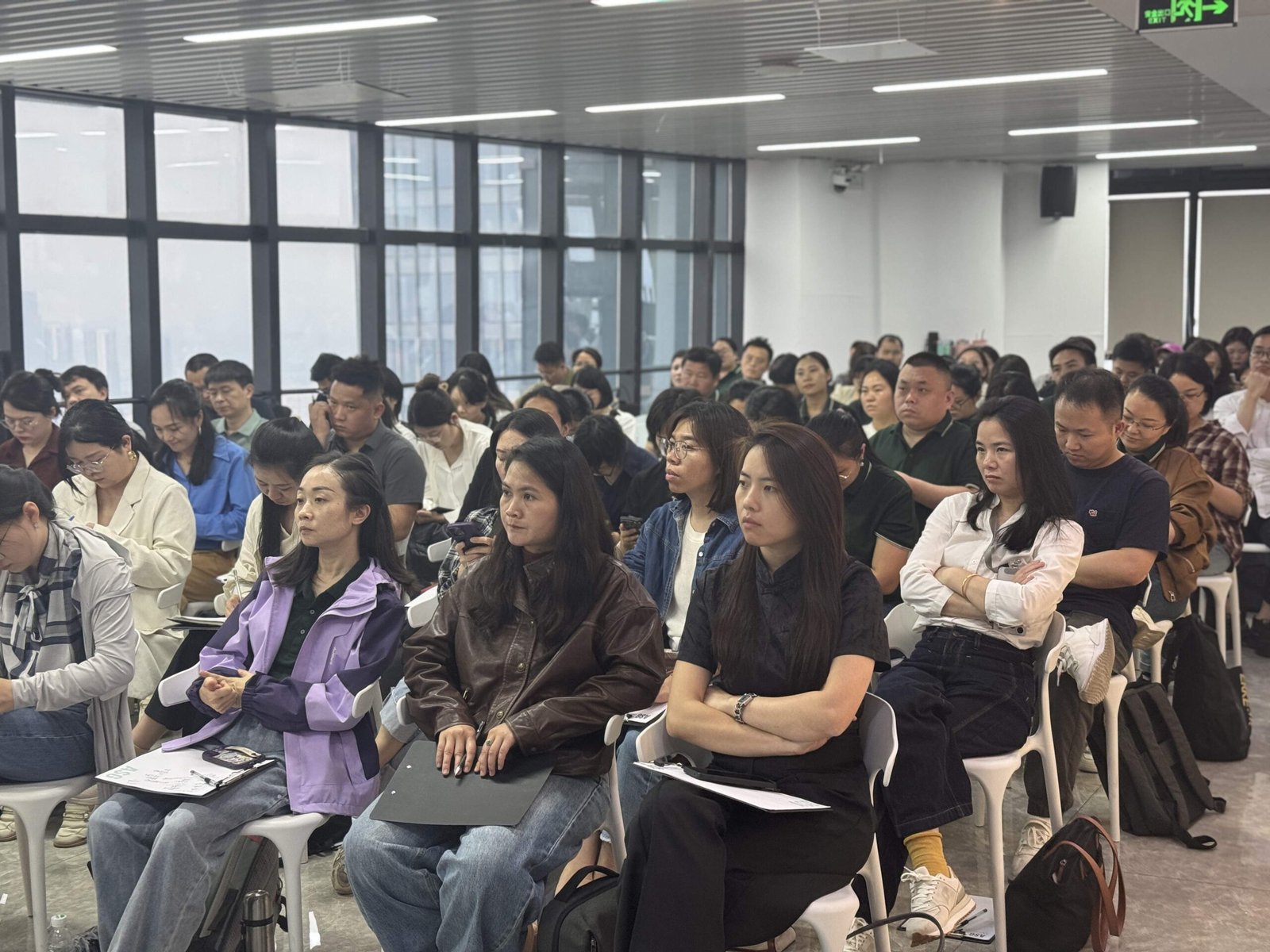
Exploration and Promotion of a New Model for Industry-Education Integration
Our university-enterprise cooperation practices have not only solved specific problems but, more importantly, have explored a replicable and promotable new model for industry-education integration.
A Cooperation Mechanism of “Joint Construction, Joint Management, Joint Sharing, and Joint Win”
Through years of practice, we have summarized a “Four Joints” cooperation mechanism:
- • Joint Construction: Schools and enterprises jointly invest resources to build practical training bases and develop course resources.
- • Joint Management: Establishing a university-enterprise cooperation committee to jointly formulate development plans and operational mechanisms.
- • Joint Sharing: Sharing resources such as faculty, equipment, case studies, and projects to achieve complementary advantages.
- • Joint Win: Schools improve teaching quality, enterprises gain talent support, and students enhance employability.
This mechanism has been promoted and applied in multiple universities with good results.
Institutionalization, Standardization, and Sustainable Development of University-Enterprise Cooperation
To ensure the long-term effectiveness and stability of cooperation, we have established a series of institutional guarantees:
- • Cooperation Agreement System: Clearly defining the rights, responsibilities, investments, and benefit distribution for both parties.
- • Regular Consultation Mechanism: Holding quarterly university-enterprise cooperation promotion meetings to solve problems and adjust plans.
- • Performance Evaluation System: Establishing multi-dimensional cooperation performance evaluation indicators.
- • Incentive Mechanism: Setting up university-enterprise cooperation contribution awards to motivate teachers and enterprise employees to participate.
These institutional arrangements elevate university-enterprise cooperation from individual actions to organizational behavior, ensuring its sustainability.
Experience Promotion and Radiating Effect
Our university-enterprise cooperation model has expanded from single-point breakthroughs to a broader scope:
- • Inter-Collegiate Promotion: The model has been replicated in over 10 universities in Jiangsu, Zhejiang, Guangdong, and other regions.
- • Industry Radiation: Expanded from cross-border e-commerce to related fields such as digital marketing and supply chain management.
- • International Cooperation: Established cooperative relationships with educational institutions in countries like Australia and Singapore.
In 2022, our university-enterprise cooperation model was recognized by the Ministry of Education as an “Innovative Case of Industry-Education Integration” and was shared at the National Vocational Education Conference.
An official from the education department evaluated our model: “This cooperation is not a simple exchange of resources, but the establishment of a new type of educational ecosystem. It breaks down the boundaries between schools and enterprises, creating an integrated form of education. This is precisely the direction for vocational education reform.”
VI. The Future and Outlook of Cross-Disciplinary Cooperation
Reflecting on the journey of university-enterprise cooperation over these years, I feel deeply gratified. From initial course collaborations to the current comprehensive deep integration, we have not only cultivated a large number of outstanding talents but also explored new paths for China’s vocational education reform.
Reconsidering Personal Mission and Educational Sentiments
The role change from entrepreneur to educator has led me to a deeper reflection on my mission. Entrepreneurship is a way to realize personal value, while education is a platform to realize social value.
In the business world, we pursue corporate growth and profit; in the field of education, we pursue student growth and development. When these two combine, a wonderful chemical reaction occurs: enterprises gain sustainable talent support, students gain effective growth paths, and society gains high-quality vocational talent.
![null]()
Pro-tip: As a cross-disciplinary educator, the biggest challenge is not mastering knowledge in two fields, but finding a balance between two different value systems. Remember, the ultimate goal is to cultivate talent, not just to meet the short-term needs of enterprises.
I often tell my students, “Knowledge may become outdated, but the ability to learn and the mindset to solve problems will never be outdated.” This is also my understanding of university-enterprise cooperation: it’s not just about imparting currently needed skills, but more importantly, about cultivating students’ lifelong learning abilities and adaptability to change.
On the path ahead, I will continue to uphold the philosophy of “education as a service,” deepen university-enterprise cooperation, and build bridges to success for more young people. As one student said to me upon graduation, “Professor Janson, you not only taught us knowledge and skills, but more importantly, you showed us another possibility.”
This possibility is precisely where the greatest value of university-enterprise cooperation lies. It makes education no longer closed off, gives enterprises a warmer touch, and seamlessly connects students’ dreams with societal needs. This is a cross-disciplinary educational revolution, and it is the cause I will strive for throughout my life.